Domestic Violence: Walking Out of The Darkness
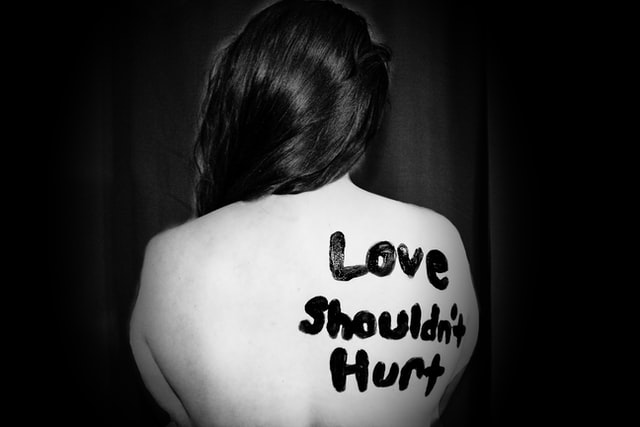
You are walking down the street and notice a woman walking beside you. She is holding a little girl’s hand who can’t be a day older than four. The girl yammers away, talking about fruit loops and art class, asking her mother why they are in such a hurry. The woman’s eyes franticly rove the crowds, looking. Searching. Who is she looking for? The woman’s long auburn hair is a bit disheveled, shirt rumpled and dirty. She holds tighter to the squirmy child’s hands, taking hurried steps, dragging her little girl behind, halting at a blinking orange crosswalk.
You step up beside her, the three of you waiting for the light to change. She pushes a strand of long hair behind her ear, and you notice discoloration along the side of her temple. A bruise. As your eyes trickle down, you can see another blue blemish decorating her neck. Her skin is blotched in blues and purples, a macabre painting of violence. “He’s probably beating her at home,” you think to yourself, shaking your head. You now see her sprint ahead of you, the two figures getting swallowed up into the sea of commuters. As you make your way through the bustle of the city, you wonder, “Why doesn’t she just leave him?”
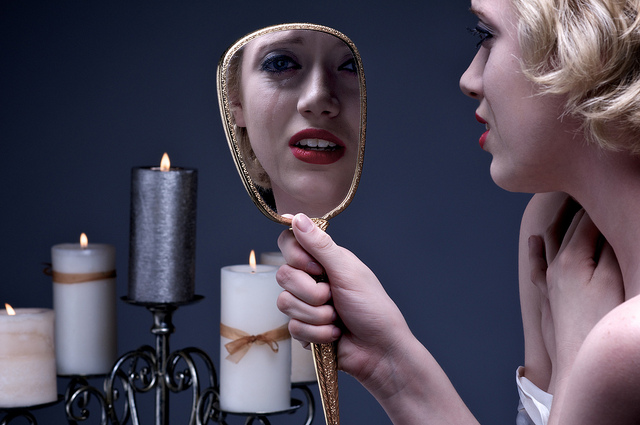
Sometimes when we see a movie on domestic violence or watch documentaries, we only see half the story. In the beginning, the woman dates Mr. Charming. He’s perfect and suave, winning smile and manners. What could go wrong? Later, the man transforms from prince to beast, the opposite of a fairytale. She runs away in desperation from the monster, the husband who now beats and abuses her to no end. Mr. Right on the outside, tormenter on the inside.
Or, maybe you watch a documentary that shares a story about a family murder that stemmed from domestic violence. It’s tragic and sad. You ask yourself, “If only she got away.” However, what we don’t see is what gets a woman to the point where she feels she has no choice but to stay in an abusive relationship. We are quick to pass judgment, eager to blame the victim. Rarely do we look in a mirror and realize that the victim could be you.
Often, there are warning signs. He’s possessive, controlling, quick to anger. But then, there is the charm, the love, the doting, the wit. He showers you with compliments and gifts. You form great memories, falling in love. The bad episodes are followed with “Sorry”s and “I’ll change.” Before you know it, you are in love with someone who is manipulating you, controlling you. He’s cut you off from your friends. He convinced you to quit your job, depend financially on him. Where do you turn? Where do you go? Now, you are trapped, embarrassed to tell anyone, and yet afraid to stay in the dark. Domestic violence is often a privately held secret.
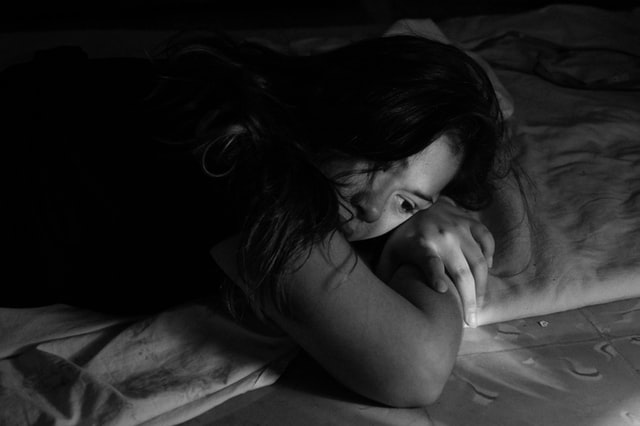
So, what is domestic violence? Domestic violence is defined as abuse, emotional and physical, between two intimate partners. Typically, one partner will try to control the other with fear. The abuser’s goal is to gain benefits at the expense of their partner and do as they please. They gain unlimited access to their partner’s time and attention, maybe taking their money, taking their labor. If they control their partner perfectly, they keep their partner from betraying them, cheating on them, and get to make endless demands on them. The abuser gets everything while the victim is preyed upon. The abusers feel as if this is the only way to have a relationship. The abuser feels he is entitled.
Victims get broken down. Often, the abuser will blame the victim for his behavior, shifting the blame to the victim, wearing down her emotional strength. The abuser might sexually hurt her, causing physical and mental trauma. When controlled, victims may be forced to stop communicating with family, isolated away from any support system that they could receive. There might be children involved, increasing the strain.
The more isolated and abused the victim, the more power the abuser has over them to do as they will. If the victim grew up in an abusive household, she might not know what a healthy relationship looks like, believing that this is the best she could ever get. Many people don’t understand what real love feels like – supportive and respectful. And so the cycles of abuse continue.
Once the victim removes themselves from the abuse, what happens after? Does the victim slide back into a different relationship with a different abuser, falling into yet another cycle of abuse? How do we help not only the victims but the abusers? How do we enlighten abusers to the damage that they inflict on other people and get them to break out of their toxic patterns?
The underlying factors are complicated. Mental health, former familial abuse, narcissism are all factors at play. Therapy and spiritual healing can all help abusers and victims through their internal suffering. In addiction programs, people turn to a “higher power” to guide them out of addiction, saying the Serenity prayer to get them into the right mindset of recovery. A mystical change occurs when you turn the unseen presence flowing in your life and turn it into faith.
So, what can we do for the victims? How can we help them? Thankfully, there are many programs out there to give aid to victims of domestic violence. Hotlines, shelters, local churches, and community centers can all aid in the domestic violence crisis. Granted, in these times, it is harder than ever because of Covid-19. Shelters are turning people away because of the virus risk. However, there are still options.
If your loved one is in a domestically violent relationship, the most important thing to do is keep the line of communication open for them and be there to help them when their needs arise. It can be hard to know if they are in a safe position to leave. They might need to gather evidence and financial security before breaking from their abusive partner. Be positive to them and love them. Having any support may encourage them to feel powerful enough to leave.
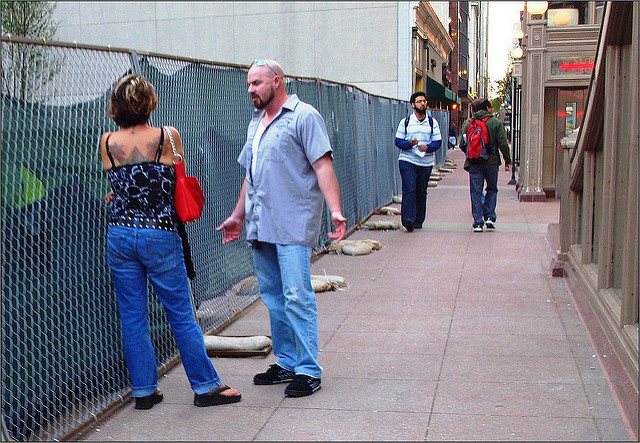
If you are in a domestically violent relationship, know that there is help and a way out. Domestic violence is not your fault. You may believe that you were the cause of their bad behavior, but they manipulate you to believe this. You can’t fix your partner. Even if they have abuse in their past, it doesn’t make it right for them to pass it on to you. Realize that your safety matters. Call a hotline, make a safety plan. Find support and trustworthy friends. You WILL get out of this situation.
***
The woman waits with her child at the traffic light. Instead of saying nothing, you approach her. “Ma’am, are you okay?” She looks at you frantic, almost angry at you for intruding on her life. You tell her about the domestic violence shelter down the street and ask if you can help her in any way. She breaks down, revealing that she needs to place a call and borrow a cell phone. Her husband took all of her communication away. She dials, and you wait for her. After she is finished, she hands you back the phone. You point her in the direction of the shelter, and she walks off, her steps lighter, posture straighter. Helping yourself out of the dark is one of the hardest things to do. Sometimes we need a friend to light our way.
This guest post was authored by Cece Reeves
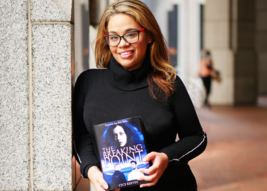
Cece, who also happens to be working as an Urgent Care Nurse in the midst of the COVID-19 pandemic, wrote The Breaking Point after having had her own past personal experience with domestic violence.
She hopes to share this with others to bring more awareness to domestic violence, which has been on a steady rise in reported cases since the pandemic began in March 2020. She also hopes to inspire domestic violence victims (both men and women) to find their own inner strength and know they are not alone and do NOT have to stay with an abusive partner.


